(3964 products available)




































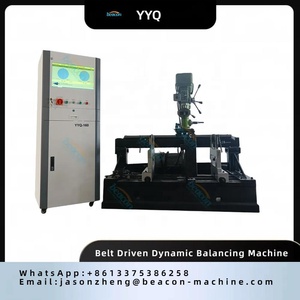


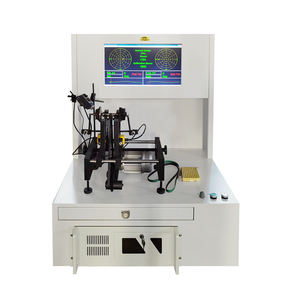
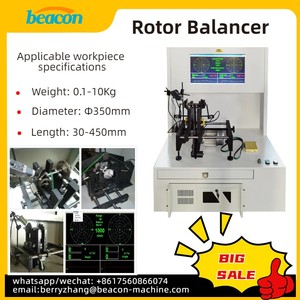
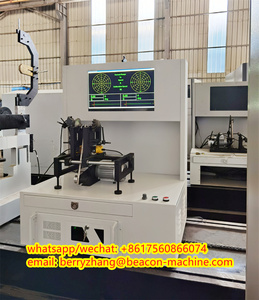


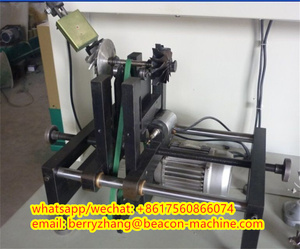


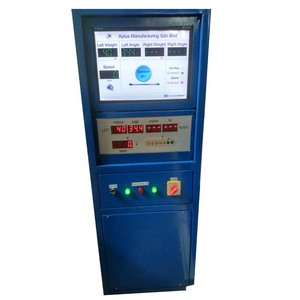
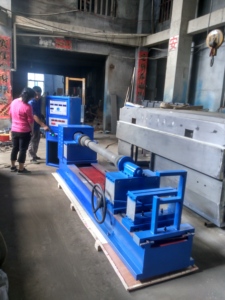
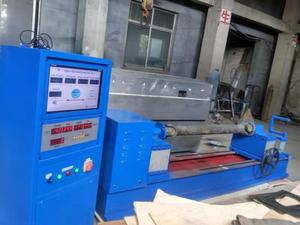




















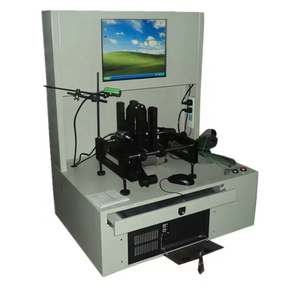



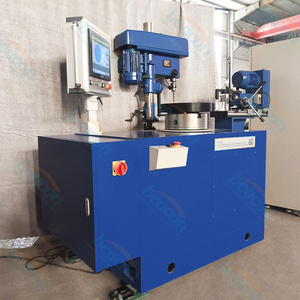




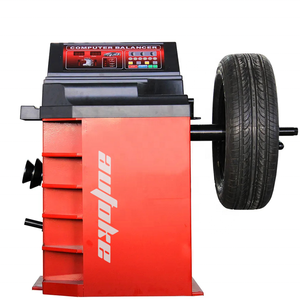

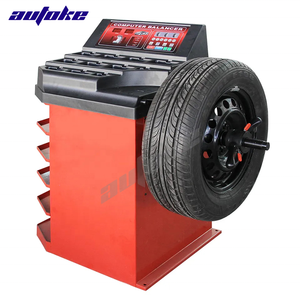
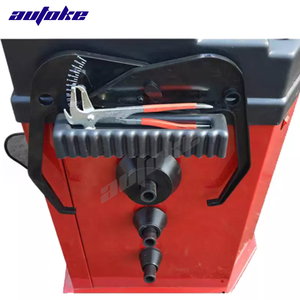






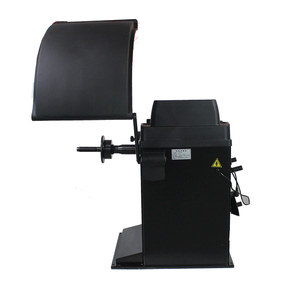







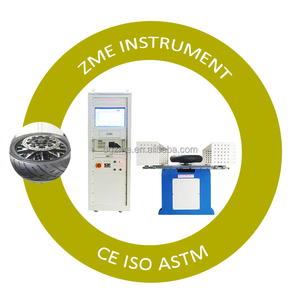



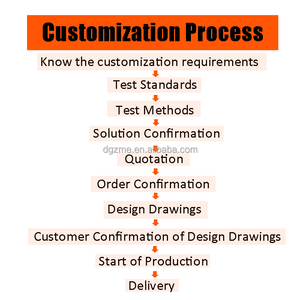














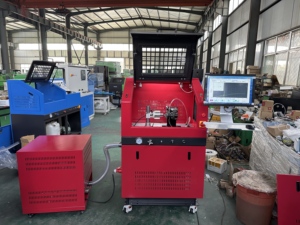







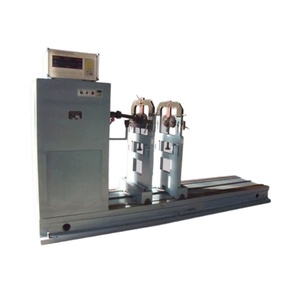


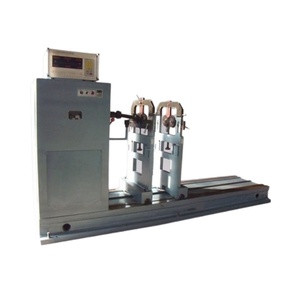
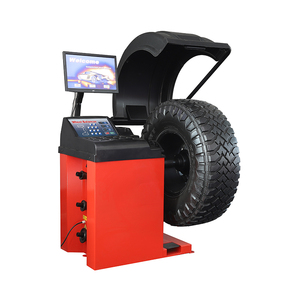









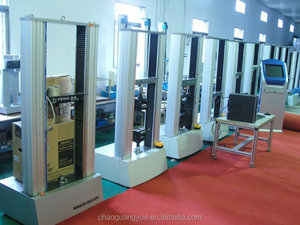



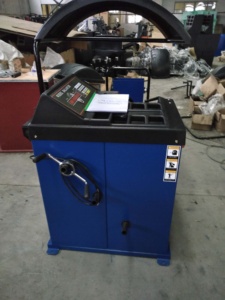

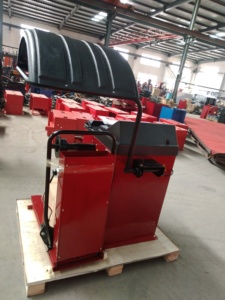

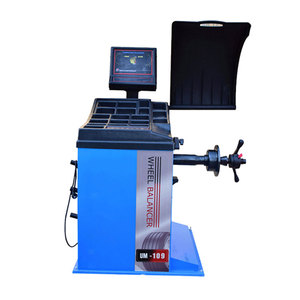







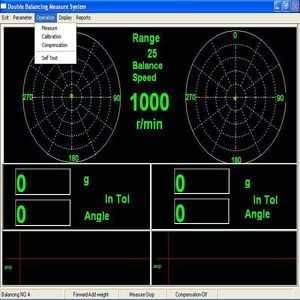







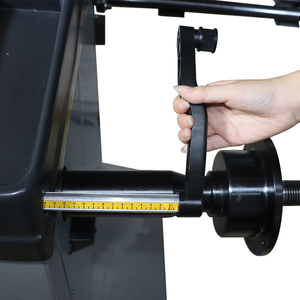
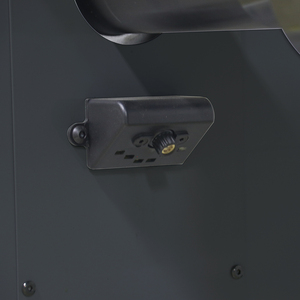





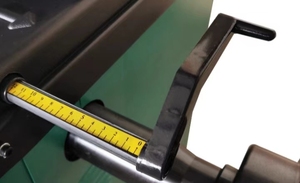

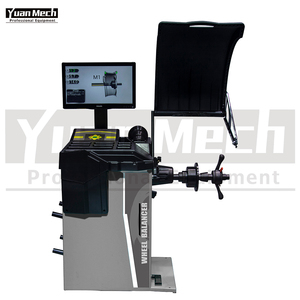

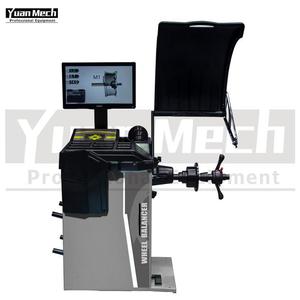

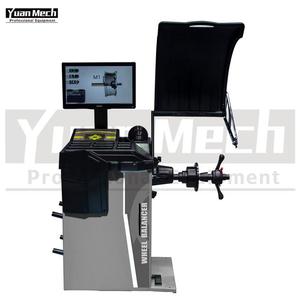






Dynamic balancing machines are used to correct the imbalances in rotating parts, including engines, propellers, shafts, etc. Unlike static balancing machines, dynamic devices measure the balance of products as they rotate, telling experts where to put more mass. Dynamic balancing machines come in different types, each suited for specific balancing activities.
These machines have the spindle oriented on the horizontal plane, which is suitable for balancing large, heavy rotors such as fan and pump impellers. Buyers connect the workpiece to the spindles, which supports it. When the rotor is turned, sensors measure the imbalance. This design helps handle large rotors due to the extended support distance. Owing to these features, this machine is widely used in industrial settings.
People use these machines to balance small, lightweight components like electric motor shafts and turbine rotors. Their spindles are oriented vertically, making them ideal for balancing cylindrical parts. The workpiece's rotation helps the sensors identify any directional imbalance. The compact design makes the machine easy to install even in tight spaces, offering users efficient performance.
Benchtop dynamic balancing machines balance parts on a compact, portable work surface. Buyers use these machines for lightweight components. The small size makes it easy to move the device when required. The systems are cost-effective and widely used for field repairs. Though they lack the precision of larger machines, they still offer notable balance correction for small items.
These machines are known for correcting imbalances at a specific, defined location. Manufacturers often use them to balance rotors where mass distribution is critical, as in aircraft engines or turbines. The balance correction happens on a defined plane, and users utilize these machines for skilled precision work.
Buyers frequently use constant speed dynamic balancing machines for hydrostatic and hydrokinetic balancing. They spin rotors at a specified speed to disclose any imbalances. In this way, the rotors can undergo a balancing process without needing to recalculate the product's natural frequencies. This feature also helps reduce the imbalance magnitude. Constant speed machines suit mass production due to their efficiency.
Each balancing machine type has particular uses depending on the size, weight, and material of the rotor component to be balanced. Understanding these differences helps buyers select the right machine for their balancing needs.
Dynamic balancing machines are used in many industrial and engineering sectors. These machines help maintain machinery and vehicle efficiency by reducing noise and vibration. Here are the various uses of these machines in an industry.
One of the most important uses of dynamic balancing machines is reducing vibration in mechanical parts. Excessive vibration can damage vehicles and machines and increase maintenance costs. Dynamic balancing machines correct these issues by redistributing the component mass and smoother operation.
The automotive industry uses dynamic balancing machines to balance engine parts like crankshafts, camshafts, and flywheels. This balancing reduces engine vibration. Balancing the wheels improves the ride quality. For rotating shafts, dynamic balancing machines identify the points with more mass concentration. This way, they help boost the overall vehicle performance and longevity.
The aerospace industry uses these machines to balance fans, turbines, and rotors. These imbalanced components can cause control system failure. Dynamic balancing machines correct this to ensure safe and controlled flight. Proper balancing also ensures vital systems like engines, gyroscopes, and navigators work longer.
Industry machines like turbines, pumps, and generators utilize dynamic balancing. These mining, drilling, and crushing machines have components that must be balanced to reduce vibration and increase uptime. Unbalanced components lead to catastrophic failures. Balancing them ensures these machines operate smoothly with less downtime.
Like most industries, the marine industry uses dynamic balancing machines for turbines, propellers, and shafts. Imbalance in this big rotating system causes significant vibration, damaging ships' hulls and drive systems. Balancing thus improves the integrity and longevity of marine vessels and reduces fuel consumption.
Turbines used in wind, hydro, and thermal power generators feature dynamic balancing machines. Unbalanced turbines cause vibration that reduces energy efficiency and increases the risk of mechanical wear and tear. In generators, imbalance causes electrical output fluctuations. Balancing the turbines helps enhance energy output and mechanical integrity.
Small motors and handheld power tools undergo balancing to reduce vibration because these parts are easier to manipulate. For example, the tool manufacturers balance drill bits, saw blades, and other rotating components to reduce operator fatigue. This way, the tools become more user-friendly, and they increase their operating lifespan.
Dynamic balancing machines play an important role in quality control. Without proper balancing, products vibrate too much, which degrades their quality or leads to catastrophic failure as time goes by. This quality control impacts each industry's safety, efficiency, and effectiveness by ensuring the major components work properly, thus promoting smoother functioning.
Precision sensors
Modern dynamic balancing machines use advanced vibration sensors and accelerometers to detect small imbalances accurately. The sensors measure how the rotor moves as it spins, identifying where additional mass must be placed. This feature enables the system to work with high precision and pinpoint where small corrections are needed.
Data analysis software
Today’s dynamic balancing machines come with smart software that makes the balancing process easier. After measuring how a rotor moves, the software automatically figures out the best places to add mass. Users no longer need to balance products manually. They now save time and ensure better, quicker balancing. The software helps manage the balancing task with more accuracy and efficiency.
Dual plane balancing
People use dual plane machines to balance parts needing work in two directions. For example, large fans or engine rotors need to be balanced in both horizontal and vertical directions. This machine balances such complex parts by correcting imbalances at two different points. Removing the need to analyze the parts separately helps save time and effort while ensuring that the part is completely balanced.
Durable construction
Dynamic balancing machines work hard as they do daily. For this reason, their manufacturers build these machines with strong materials. The materials withstand constant use without breaking down or losing precision. Durable machines are ideal for industrial settings, where they might encounter long hours of heavy work.
Variable speed drive
These dynamic balancing machines have speed settings. This case means the user can set the rotation speed based on the part being balanced. The machines drive the spindle at these speeds. For this reason, users use them for a wide range of parts. They balance small and large things alike. Also, the users avoid damaging delicate components by adjusting the speed.
Install the fixture
The first step is to mount the balancing rotor on the machine fixture. This fixture holds the rotor securely during the balancing process. The manufacturers use special clamps or chucks to attach the rotor. They ensure it doesn’t move or fall off when spinning. People also place the rotor at the machine’s center so it rotates evenly.
Set the correct speed
After securing the rotor, users proceed to set the rotational speed.Each blade balancing machine has speeds. Setting the right speed ensures that balancing goes smoothly. It also reduces the risk of damage to the rotor. Users set the speed according to the rotor manufacturer’s recommendations. This information is based on the machine’s requirements.
Run a diagnostic check
Most machines come with built-in tips to help users get started. These tips check the system to ensure everything is working well. The users run these tips before balancing the rotor to ensure the machine is functioning as required. This step saves time. It also ensures that the machine doesn't cause errors as the users balance the rotor.
Measure imbalance
Users slowly spin the rotor to the desired speed after performing the diagnostic checks. The sensors measure how the rotor moves. Each sensor gives information about where the rotor is heavier or lighter. The software then analyzes this data and shows the users the imbalance amount and location.
Install correction weights
People then place small weights on the rotor at the spots where imbalance is highest. This way, the correction balances the rotor. Users can adjust the weight amount based on the balance reading. That means more weight for areas with more imbalance and less for balanced areas. the weights distribute the rotor’s mass evenly.
Recheck balance
After installing the correction weights, users proceed to spin the rotor again. The sensors and software measure how the rotor moves this time. They then recheck the balance. This step shows whether the weights fix the imbalance. If the imbalance remains, users can adjust the weights and positions until the rotor balances.
Regular cleaning
Dynamic balancing machines work with various machine components. Dust, debris, and old lubrication can gather in these areas. This build-up causes the machines to work less efficiently over time or even damage critical components and parts. To avoid this, users should regularly clean individual parts and the whole machine. they need to focus on the sensors, workspaces, and fixtures.
Check for software updates
Dynamic balancing machines have smart software. The software manages important work processes. Manufacturers often update it with better features or bug fixes. Users check for these updates so that the software always performs optimally. Bypassing this step, the software will not stunt the system's growth. It might also expose the machine to strange vulnerabilities.
Lubrication
Proper lubrication ensures that dynamic balancing machines continue to roll smoothly. Regularly lubricate the moving parts, such as spindles, bearings, and drive mechanisms. Note that this step reduces friction in the machines, ensuring the components school freely without wearing down. Aging grease traps dirt and debris, affecting the machinery's functioning. Replace it to maintain the machine's balance.
Inspect key components
Some of the key parts that must be inspected regularly include bearings, belts, and brushes. This inspection helps these parts work well and safely. Identify worn or damaged components to replace them before they break down. For example, worn bearings might cause strange noises and vibration. Tired brushes also reduce power transmission.
Calibration
The sensors are one of the most important components of dynamic balancing machines. Regular calibration ensures that the sensors give the correct readings. This case means the machines will balance the rotors properly. People usually calibrate the sensors based on the manufacturer's recommendations. In this way, this measure ensures the machine is working within its specified range.
Regular professional maintenance
Professional reviews help dynamic balancing machines perform optimally for long periods. Experts know how the deep inners work and can identify problems that users might miss. They come in handy with special tools to do this. These tools can disassemble and analyze the machine better than the average user. The professionals can spot and fix potential problems. This act prevents major failures down the road.
There are several factors people consider to choose dynamic balancing machines. Here are the factors.
Different people use various machines for distinct balancing jobs. The industry or nature of the job usually dictates the balancing machine's required precision. People use high-precision machines for delicate tasks, like balancing small electronic parts. On the contrary, low-precision machines are ideal for larger industrial components.
People choose machines that can handle their needed loads. For example, large industries balance big components like turbines using heavy-duty machines. Smaller working spaces use lightweight machines. It is more important that the machine meets this requirement than holds rotor imbalance.
More customers prefer user-friendly dynamic balancing machines. Machines that feature intuitive interfaces become easy for users to operate, especially newcomers. Automatic balancing systems help reduce this work. Furthermore, automatic machines save time and the chance of errors. Simple machines hasten the balancing process, particularly when dealing with large rotors.
Dynamic balancing machines work for hours. Sometimes, they work continuously for long periods. They should, therefore, be strong. Strong machines help handle this extended use without breaking or losing performance. Using strong materials makes the balancing machines durable. These materials also resist wear. This feature decreases the machines' maintenance need over time.
Prefer machines with good after-sales service. This support helps immediately fix any problems that disturb the machine. Knowing this support is available is important because they can quickly get help for repair or parts replacement. Manufacturers who stand behind their machines keep them running for a longer period without long interruptions. This case allows the end users to keep functioning efficiently and effectively.
A1.Dynamic balancing machines have emergency stops, shield covers, and load sensors to help with operation safety. These features prevent accidents and keep users safe. Emergency stop buttons stop machines fast when needed. Safety shields prevent parts from flying off and hurting anyone. Still, users must follow safety guidelines as they work with these machines.
A2.Yes, dynamic balancing machines can balance heavy rotors as long as the machines are strong enough to handle this load. For this reason, dynamic balancing machines choose the right machine for balancing jobs. Machines that can handle the balancing loads manufacturers use are ideal for a long time. People also select machines featuring powerful motors. These motors provide the torque needed to spin heavy rotors. Strong spindles support heavy rotors without bending or breaking.
A3.Some dynamic balancing machines can withstand tough conditions. These machines have strong parts that resist dust, dirt, and extreme temperatures. They also have protective coatings that prevent rust and damage from moisture. In these harsh conditions, people choose machines that can handle the environment. Machines made with strong materials, like stainless steel, work in this environment. They resist dust, dirt, and extreme temperatures. This way, the machines continue to balance rotors without losing effectiveness.
A4.Dynamic balancing machines must match their power sources with the electric requirements of the machines' motors. Most machines work with standard electrical outlets. Some powerful machines require higher voltage circuits. Check the manufacturer's instructions to find the correct outlet. This check ensures the machine gets the right power to work without issues.
A5.Dynamic balancing machines can balance various rotor sizes. Horizontal dynamic balancing machines are suitable for large rotors. The vertical dynamic balancing machines are popular for balancing small, lightweight components. People have specialized machines for complex balancing problems. Dual-plane machines manage tasks needing balancing in two directions. These machines are versatile, balancing rotors of different sizes and shapes.